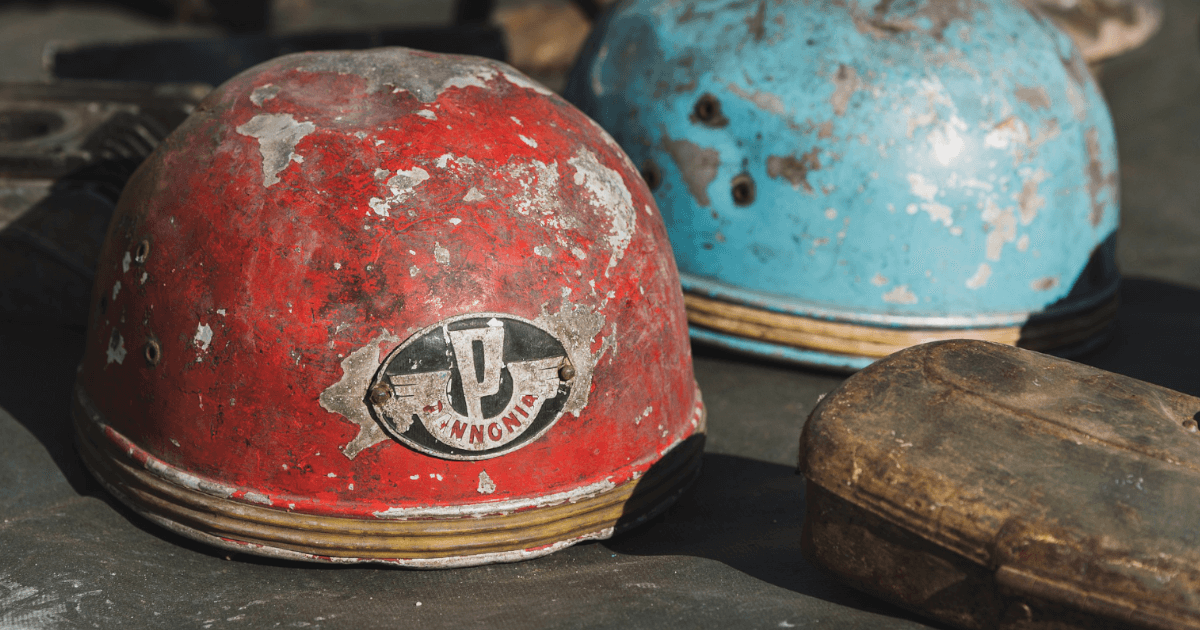Bicycle Helmets Are Actually Considered Consumables
It’s not widely known, but bicycle helmets are considered consumable items. The reason is that the internal materials of the helmet deteriorate over time.
A bicycle helmet consists of an outer shell and an inner core that absorbs impacts. To keep the helmet lightweight, the inner core is typically made of EPS foam or other lightweight materials that are prone to degradation. This is a key difference from motorcycle helmets.
As the inner core deteriorates, its ability to protect your head in the event of a fall decreases. This means that its head-protection function weakens—so it may no longer fulfill its role as a helmet. That’s why it’s regarded as a consumable.
Bicycle Helmets Last Around 5 Years
The recommended lifespan varies by manufacturer, but in general, a bicycle helmet is said to last about five years from the date of manufacture.
Of course, the rate of deterioration in the inner core depends on how the helmet is used and the specific product, and it doesn’t mean your helmet will immediately stop protecting your head after a few years. It simply means that the shock-absorbing performance the manufacturer intended can be expected to last around five years.
You don’t have to replace your helmet every five years, but since helmet performance and comfort features are also improving over time, replacing it as a form of “refresh” might not be a bad idea.
Be Careful with Second-Hand Helmets
One thing to be cautious about when buying a bicycle helmet is purchasing a used one. A second-hand helmet means a certain amount of time has passed since its manufacture and sale, and there’s a possibility that the previous owner may have subjected it to impact—such as from a fall.
If the inner core of a bicycle helmet develops a crack, even once, it cannot be repaired. If you unknowingly use a used helmet with internal cracks, it’s essentially the same as wearing a helmet that has lost its safety function.
Additionally, some used helmets may appear to be in good condition but could be more than 10 years old. Helmets always have the date of manufacture printed on them, so when buying a second-hand helmet, make sure it was manufactured within the past five years—the recommended lifespan.
A Helmet Could Save Your Life—Don’t Cut Corners, Wear a Proper One
Serious bicycle accidents that result in death or major injuries are often caused by head trauma. That’s why head protection is critically important when riding a bicycle.
As long as you’re riding, the risk of an accident is never zero. Even if you’re not at fault, you could still be involved in one. In the event of a crash, your helmet is the last line of defense for your life.
For a long time, riding without a helmet was the norm, but now that we know better, don’t skimp on a few thousand yen. Wear a quality helmet and protect your life properly.
